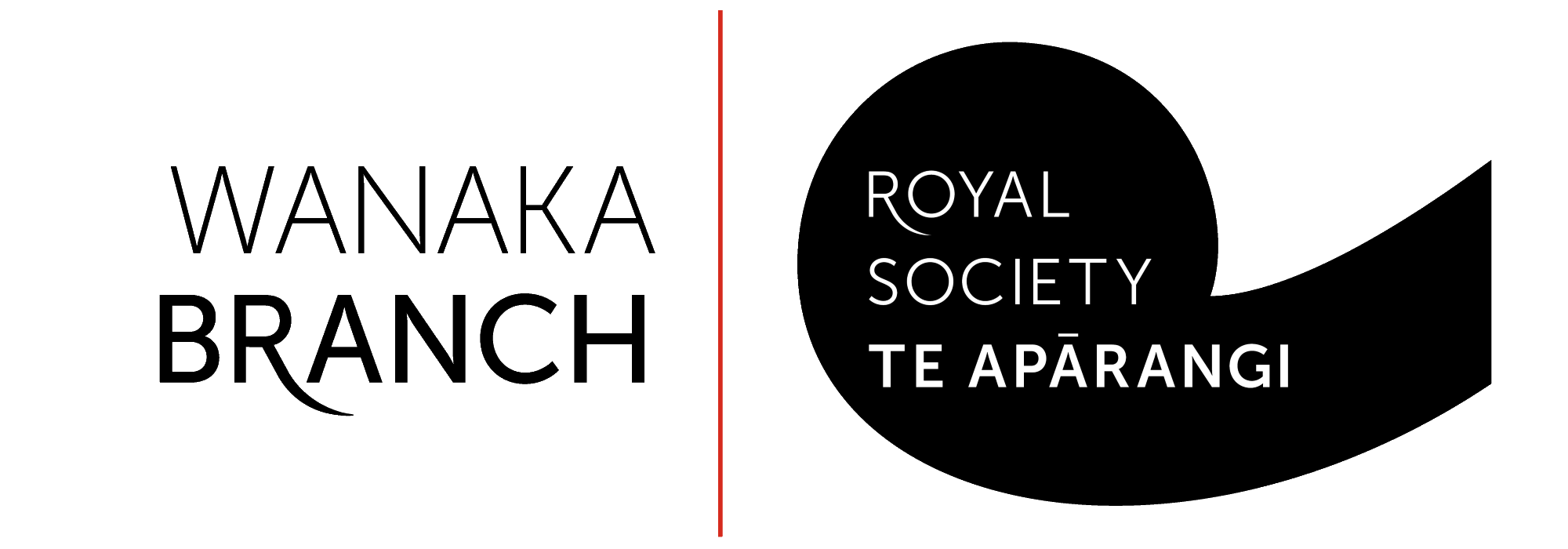The power of environmental DNA for enhancing conservation and biosecurity in Aotearoa New Zealand
Presbyterian Community Centre 94 Tenby Street, Wanaka, New ZealandDr Shaun Wilkinson, CEO Wilderlab High-throughput DNA sequencing technologies make it possible to survey entire biological communities with as little as a single cup of water. The commercialization of environmental DNA (eDNA) has vastly improved the accessibility and accuracy of this technology. In Aotearoa New Zealand, eDNA monitoring is being implemented by multiple organizations from […]

